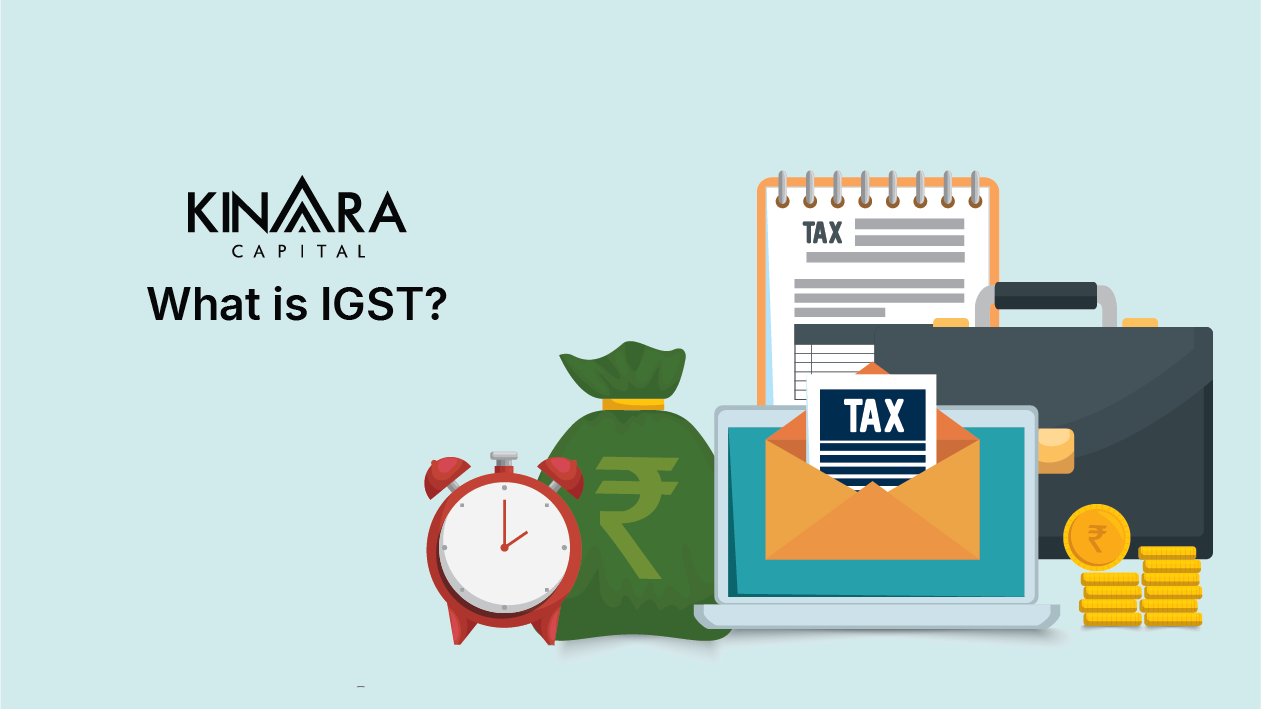
In this blog, we explore the importance of Integrated Goods and Services Tax (IGST) within India’s taxation framework. IGST plays a crucial role in regulating interstate trade and ensures seamless tax flow across state borders. Understanding how IGST works can help businesses stay compliant, optimize their tax management, and enhance operations, especially for MSMEs dealing with suppliers and customers across different states. Let’s dive into how IGST impacts your business and why staying informed about it matters.
Integrated Goods and Services Tax (IGST) is a component of India’s GST system, applicable to interstate transactions of goods and services. It ensures smooth taxation when products or services move between states by eliminating cascading taxes. Collected by the central government, IGST is later distributed between the origin and destination states. For instance, if a supplier in Maharashtra sells goods to a buyer in Karnataka, IGST is charged on the transaction. This is essential under the types of GST, which also include CGST and SGST. An IGST example simplifies tax compliance, making interstate trade more efficient for businesses.
Integrated GST (IGST) ensures a smooth taxation process for interstate transactions. One of the critical IGST features is that it eliminates the cascading effect by allowing input tax credits, ensuring businesses don’t pay tax on tax. IGST applies whenever goods or services cross state borders, and the tax collected is shared between the central and state governments involved.
Another notable use of IGST in credit card transactions is when payments are made across states or internationally. For example, if a cardholder from Maharashtra makes an online purchase from a vendor in Delhi, IGST will be applied to the transaction. This ensures uniformity and simplifies tax compliance.
IGST consolidates interstate taxation, streamlining business operations across India. It also allows easier claiming of input credits, boosting efficiency. In summary, integrated GST ensures fair tax distribution and avoids complexity in multi-state transactions.
Tracking the IGST refund status is simple and can be done online through the GST portal.
The portal will display the current status, whether the refund is processed, pending, or requires additional action. Make sure all required documents are uploaded accurately to avoid delays. This streamlined process ensures businesses can monitor refunds in real time, reducing uncertainty in their cash flow
The IGST calculation process is straightforward. When goods are sold inter-state, the IGST is levied, which is the sum of Central and State GST. To calculate IGST, you can use a GST calculator.
For example, if the sale value of goods is ₹1,000 and the applicable IGST rate is 18%, the calculation would be: IGST = ₹1,000 × 18% = ₹180.
Therefore, the total amount payable would be ₹1,180. This ensures that the tax collected is divided between the central and state governments(₹90 for central government and ₹90 for state government), maintaining the fiscal balance in inter-state transactions.
| Aspect | IGST | CGST | SGST |
| Applicability | Interstate transactions | Intra-state transactions | Intra-state transactions |
| Levied by | Central Government | Central Government | State Government |
| Distribution | Shared between Center and State | Retained by Central Government | Retained by respective State |
| Example | Sale from Maharashtra to Karnataka | Sale within Maharashtra | Sale within Karnataka |
Breaking down IGST, CGST and SGST
In summary, the difference in IGST vs CGST vs SGST lies in whether the transaction is within a state or across states, and which authority collects the tax—ensuring smooth tax sharing across jurisdictions.
To determine the state that receives tax revenue from a transaction, one must consider the nature of the sale and its location. In inter-state transactions under the Goods and Services Tax (GST) framework, the Department of Income Tax allocates the IGST collected to the state where the goods or services are consumed. The consuming state receives the tax revenue, which helps in funding local services and infrastructure. It’s essential for businesses to ensure proper compliance with GST regulations to facilitate accurate tax revenue distribution and maintain transparency in tax practices across states.
Understanding the flow of tax revenue in GST ensures clarity on how states benefit from inter-state trade. The destination-based principle of IGST ensures that the state where goods or services are consumed receives the revenue, promoting balanced economic development. While the Department of Income Tax handles income-related taxes, GST authorities manage indirect tax collections and distribution. This seamless process fosters transparency and accountability, ensuring both businesses and states thrive under the unified tax structure.
The purpose of IGST in India’s tax system is to streamline inter-state transactions by ensuring seamless tax collection and distribution, preventing double taxation, and promoting balanced revenue sharing between the central and state governments.
MSME owners should maintain accurate records, register under GST, file returns on time, use a GST calculator for correct IGST calculations, and regularly monitor IGST refund status online to ensure full compliance with tax regulations.
Yes, IGST directly impacts the pricing strategy of MSME products by adding uniform tax on interstate sales. MSMEs must factor it into final prices to maintain profitability and competitiveness across states.
IGST helps generate tax revenue shared between the central and state governments. It plays a crucial role in GST compensation by ensuring states receive their due share, offsetting any revenue losses from the implementation of GST.
